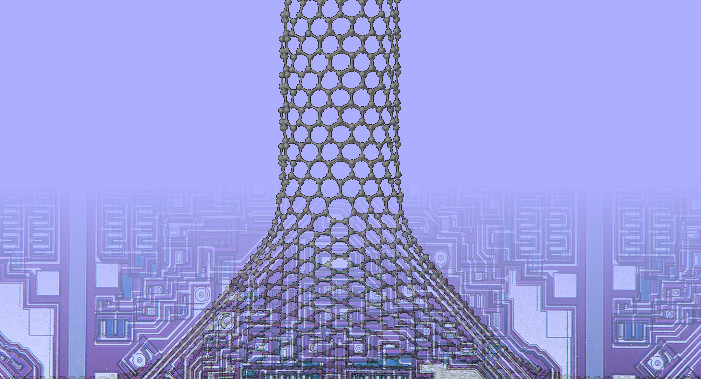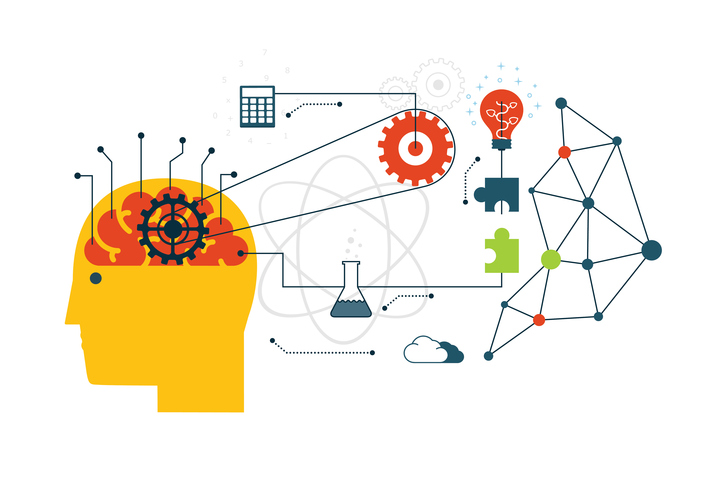 A new initiative that goes by the name, STEM the Divide, is looking to bring scientists out of the lab and into public office.
A new initiative that goes by the name, STEM the Divide, is looking to bring scientists out of the lab and into public office.
STEM the Divide is founded by the nonprofit 314 Action group (homage to Pi), which is focused on building a community for those in STEM and bridging the gap between scientists and public policy. The group’s main goals include: strengthening communications between the scientific community and public officials, providing a voice for the STEM community on social issues, and increasing STEM engagement in the media.
As a branch of 314 Action, STEM the Divide is dedicated to electing more STEM-educated leaders to the U.S. Senate, House, State Executive, and Legislative offices.
“There’s nothing in our Constitution that says we can only be governed by attorneys,” Shaughnessy Naughton, founder of STEM the Divide, tells The Washington Post. “Especially now, we need people with scientific backgrounds that are used to looking at the facts and forming an opinion based on the facts.”


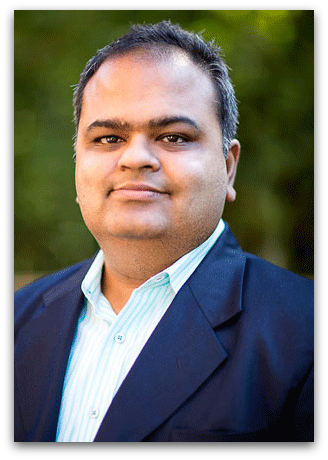 Venkat Subramanian is the Washington Research Foundation Innovation Professor of Chemical Engineering and Clean Energy at the University of Washington. His research efforts focus on computational models to bridge next-generation energy materials to battery management systems. Subramanian has recently been named a new technical editor of the
Venkat Subramanian is the Washington Research Foundation Innovation Professor of Chemical Engineering and Clean Energy at the University of Washington. His research efforts focus on computational models to bridge next-generation energy materials to battery management systems. Subramanian has recently been named a new technical editor of the  Starting in 2014, ECS partnered with Toyota Research Institute of North America to establish a fellowship for young researchers working in green energy technology, including efforts to find viable alternative energy sources as a replacement for oil, reduce carbon dioxide emissions, and prevent air pollution.
Starting in 2014, ECS partnered with Toyota Research Institute of North America to establish a fellowship for young researchers working in green energy technology, including efforts to find viable alternative energy sources as a replacement for oil, reduce carbon dioxide emissions, and prevent air pollution.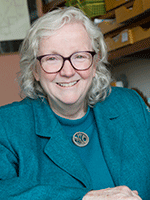 Johna Leddy
Johna Leddy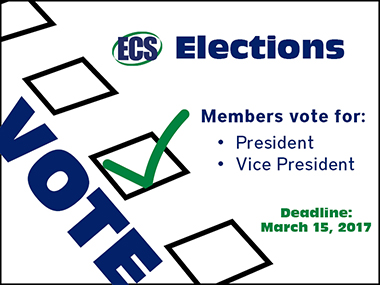
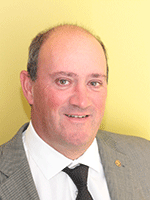 Stefan De Gendt
Stefan De Gendt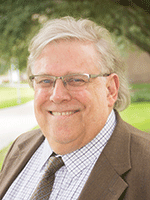 Andrew Hoff
Andrew Hoff We humans have collectively accumulated a lot of science knowledge. We’ve developed vaccines that can eradicate some of the most devastating diseases. We’ve engineered bridges and cities and the internet. We’ve created massive metal vehicles that rise tens of thousands of feet and then safely set down on the other side of the globe. And this is just the tip of the iceberg (which, by the way, we’ve discovered is melting). While this shared knowledge is impressive, it’s not distributed evenly. Not even close. There are too many important issues
We humans have collectively accumulated a lot of science knowledge. We’ve developed vaccines that can eradicate some of the most devastating diseases. We’ve engineered bridges and cities and the internet. We’ve created massive metal vehicles that rise tens of thousands of feet and then safely set down on the other side of the globe. And this is just the tip of the iceberg (which, by the way, we’ve discovered is melting). While this shared knowledge is impressive, it’s not distributed evenly. Not even close. There are too many important issues  Just one day after Volkswagen agreed to pay
Just one day after Volkswagen agreed to pay  A new study out of Lawrence Livermore National Laboratory shows that catalysts derived from nano-structured materials are as good as gold.
A new study out of Lawrence Livermore National Laboratory shows that catalysts derived from nano-structured materials are as good as gold.